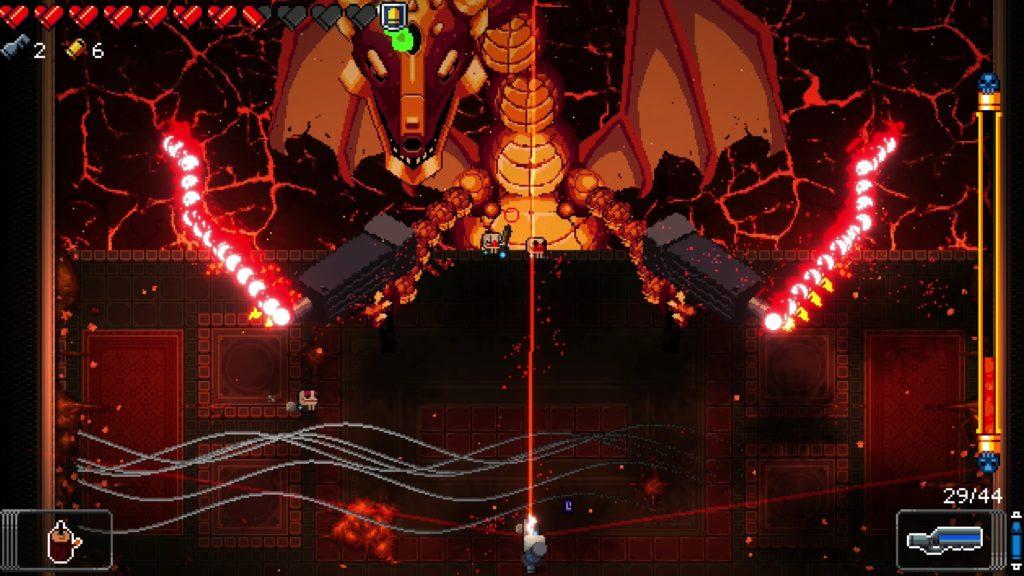Before I started this class, I had a very limited perspective on games and game design. I typically play very mainstream games like FIFA, Call of Duty, GTA, and I rarely deviate from the norm. But this class really forced me to experience a wide range of games and really think about the intentionality behind the mechanics, architecture, modality and design. As I explored the different games through critical plays, in-class conversations, and sections, I began to experience new perspectives when I played and really latched onto certain concepts.
For example, how the narrative of the game slowly teaches you mechanics and feels like its easy to play at all levels. When you begin playing a game like Grand Theft Auto, there’s a very structured storyline that you follow once you begin the game that essentially walks you through all the basic mechanics that you might want to use at the beginning of the game. The more you play, the more mechanics are presented to you in the same fashion until you get to a point where you know how to do everything in the game. I think this is just such a really cool way to teach you how to play the game where they intentionally create an environment where the user feels like they know how to play at all times. They’re able to do this despite the user not knowing how to fully play the game.
When I look at games now, instead of seeing it as some singular game, I see them as a collection of individual slices or portions where designers intentionally incorporates limited mechanics, functionality and strict guidelines. The environment and architecture really supports the players confidence and comfortability in mastering the basic skills before new variables are added in the gameplay that impacts the abilities that they will eventually have.
This sort of reframing of how games work, especially games I used to play for a long time, has been something I’m doing now with a lot of games I used to play, such as FIFA, Minecraft, Rocket League, etc. Even games like Monopoly, I think there’s a lot of ways I’m rethinking about why the games I play are played the way they are, why they’re successful, and why they’re engaging.
In short, the growth I experienced is in the way I’m able to deconstruct a game. Less about the mechanics and playability of it, but more about the design aspects that the engineers and designers had when they were creating the game. It’s also important to think about why the game is played the way it is, and that’s something that I didn’t have before this class. Really thinking about why things are done the way they are. Since everything was done intentionally, there’s some sort of action, emotion, or reaction that the specific design is supposed to evoke within the player. I think having this kind of mindset is probably the biggest takeaway I had from this class.
Going forward, I definitely want to take these different perspectives and frameworks into the designs that I create within and beyond the gaming world. I can see how concepts that we covered in this class can be really helpful for teaching users how to use a web application or a phone application. Finding ways to create an engaging platform and user interface while making sure that the user has some sort of intuition as to what they can do and how to do that is extremely valuable and important.




I’m so glad the class could give you a new way of appreciating your old favorites! I hope you keep playing widely and exploring all the things a game can be. Thanks for being part of the class!